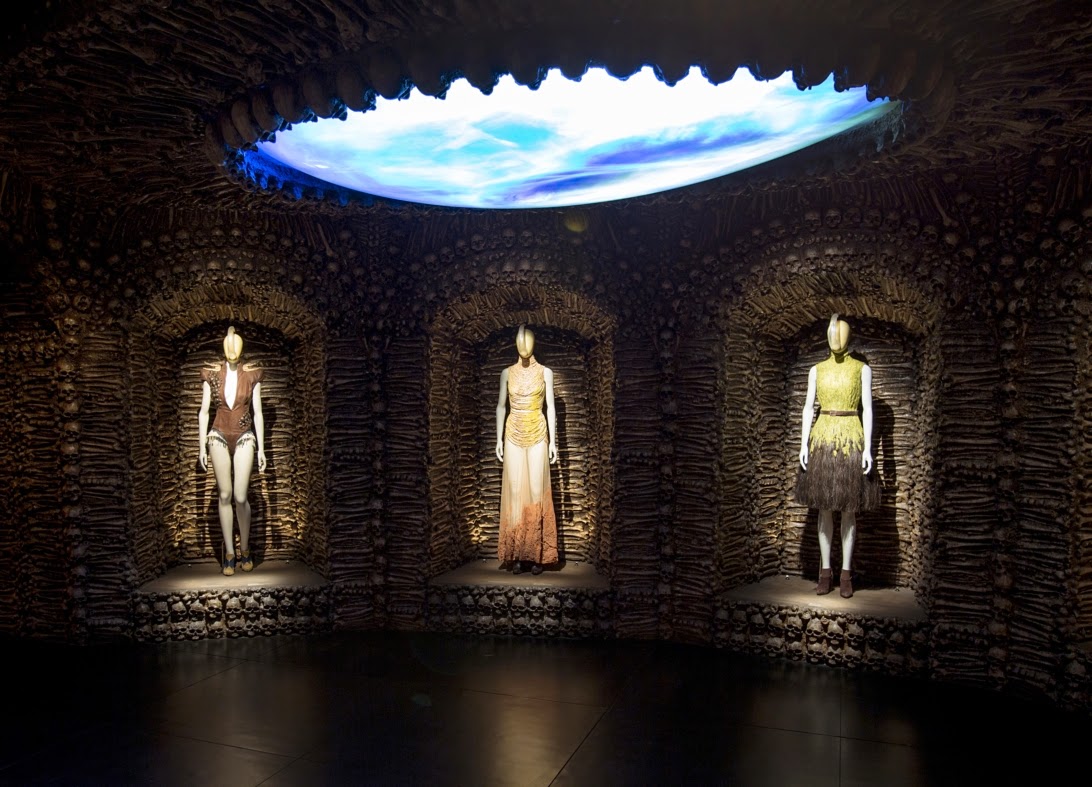Un nuovo salotto milanese sta per
aprire i battenti in procinto del nostro EXPO 2015. Il salotto in
questione firmato Prada, sarà il nuovo
polo culturale della Fondazione che porta il medesimo nome
della stilista italiana della borsa di
tela nera.
L'inaugurazione é fissata per sabato 9 Maggio, con previa settimana di anteprima che va da sabato 2 a venerdì 8
maggio.
Il nuovo stabilimento si troverà in
Largo Isarco (zona Porta Romana) e prenderà vita all'interno di una ex
distilleria degli anni dieci del novecento, riportato alla modernità dallo
studio di architettura OMA capitanato
dall'architetto Rem Koolhas, creatore
anche delle scenografie per le sfilate di Miuccia Prada.
Lo spazio sarà di 19.000 m2 di
cui ben 11.000 dedicati all'esposizione, insomma una città dell'arte.
Questo salotto si rivelerà un vero e
proprio luogo di incontro per i nuovi esponenti dell'arte del XXI secolo, che vanno da curatori a
filosofi, da cineasti a pensatori.
Il buongiorno si vede dal mattino,
infatti assistiamo ad un mixaggio tra i diversi ambiti, cominciando dal bar che
riprodurrà un caffè milanese di inizio '900, creato dal regista Wes Anderson,
arrivando fino ad uno spazio didattico per bambini allestito dall'Ecolè national
superieure d'Architecture di Versailles.
Inoltre la fondazione si propone di
creare mostre d'arte contemporanea, architettura e cinema espandendo il
repertorio di tipologia spaziale in cui l'arte si può collocare.
Infatti il regista Roman Polanski sta
realizzando un documentario inedito sulla fondazione e sarà presentata anche una sua rassegna cinematografica.
Sarà interessante dunque il cambio di
scenario. Probabilmente, non vedremo più sfilare i modelli di Prada tra
costruzioni plastiche che si snodano tra le esili colonne del vecchio spazio di
via Fogazzaro, ma già dalla prossima stagione i fashion shows potrebbero essere
ambientati in questa vera e propria città dell'arte contenuta tra le mura
milanesi.
A new hotspot is about to open, right before our EXPO
2015. The hotspot in question, autographed by Prada, is going to be the new cultural pole of the foundation that
carries the name of the Italian designer of the black canvas bag.
The inauguration date has been fixed on Saturday the
9th May, after a week of preview starting from Saturday 2 until the 8th of
May.
The new establishment is going to be located in Largo
Isarco (Porta Romana area) and it will come to life inside an ex distillery
which dates back to the tens. The distillery was brought back to modernity by
the architecture studio OMA, led by the architect Rem Koolhas, who also designes
the scenography for Miuccia’s runway
shows.
There is going to be an overall space of 19.000 m2, of
which 11.000 m2 are dedicated to the exposition, in other
words, an authentic city of art.
This new location is hopefully going to be a real
meeting point for the new art exponents of the XXI century, from curators to
philosophers, from cinematographers to intellectuals.
As we all know, it’s really important to start well
the day right in the morning, indeed, we are about to see a mixture of
different environments and locations, starting from the bar, which is going to
reproduce a coffee typical of the beginning of the ‘900, created from the
director Wes Anderson, in addition to a didactic area for children created by
the Ecolè National Superieure d'Architecture of Versailles.
Moreover the foundation intends to create contemporary
art, architecture and cinema shows, developing the repertoire of different
space typologies where art can be collocated.
The director Roman Polanski is indeed creating an
unreleased documentary regarding the foundation, and a cinematographic
exposition of the director is going to be held too.
The change of view is going to be really interesting.
We are probably not going to see the Prada models walking the runway
through plastic constructions, twisting
and turning trough the slender columns of the old space in Via Fogazzaro, but,
instead, already starting from the next season, the shows could be set in this
new real city of arts, located inside the walls of Milan
Luca Postacchini













